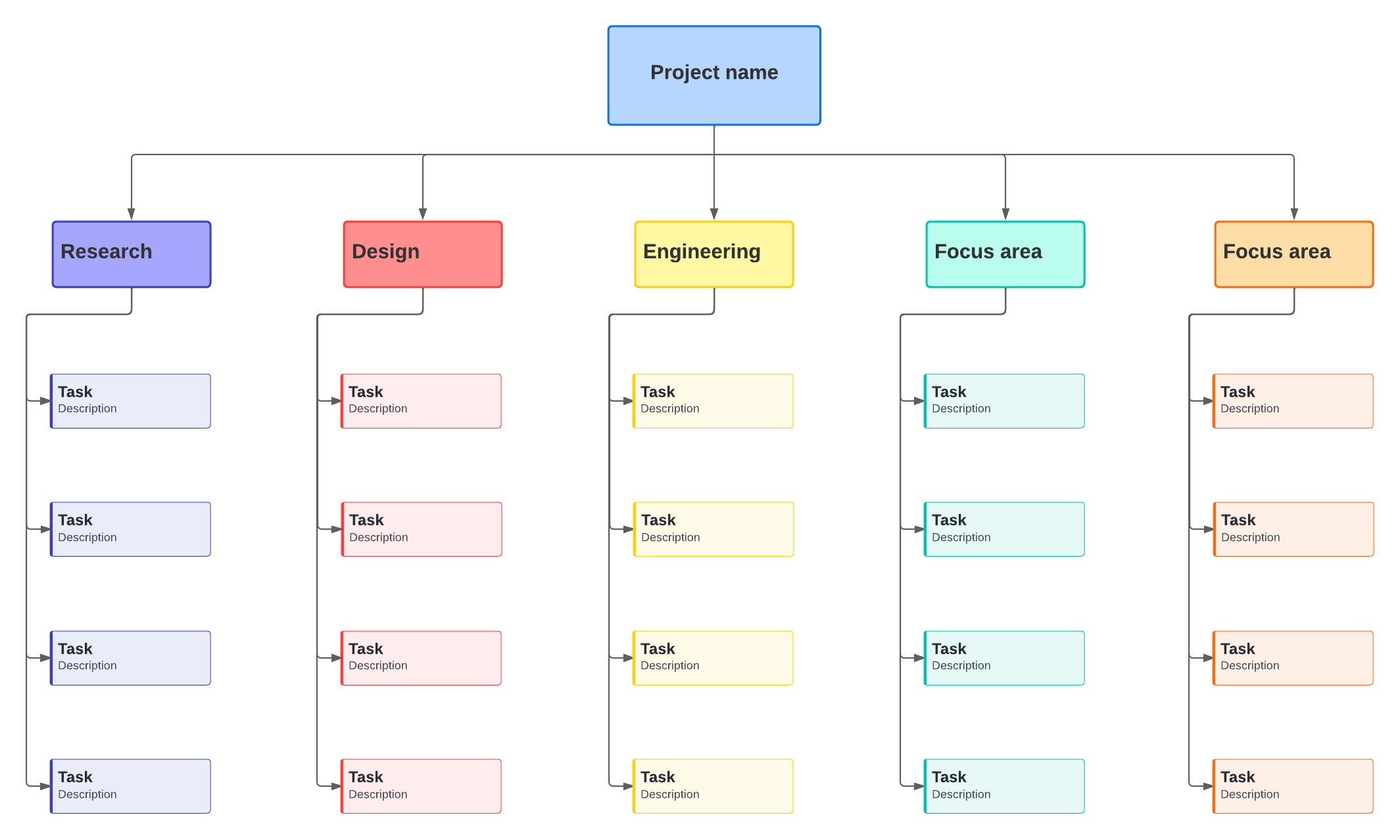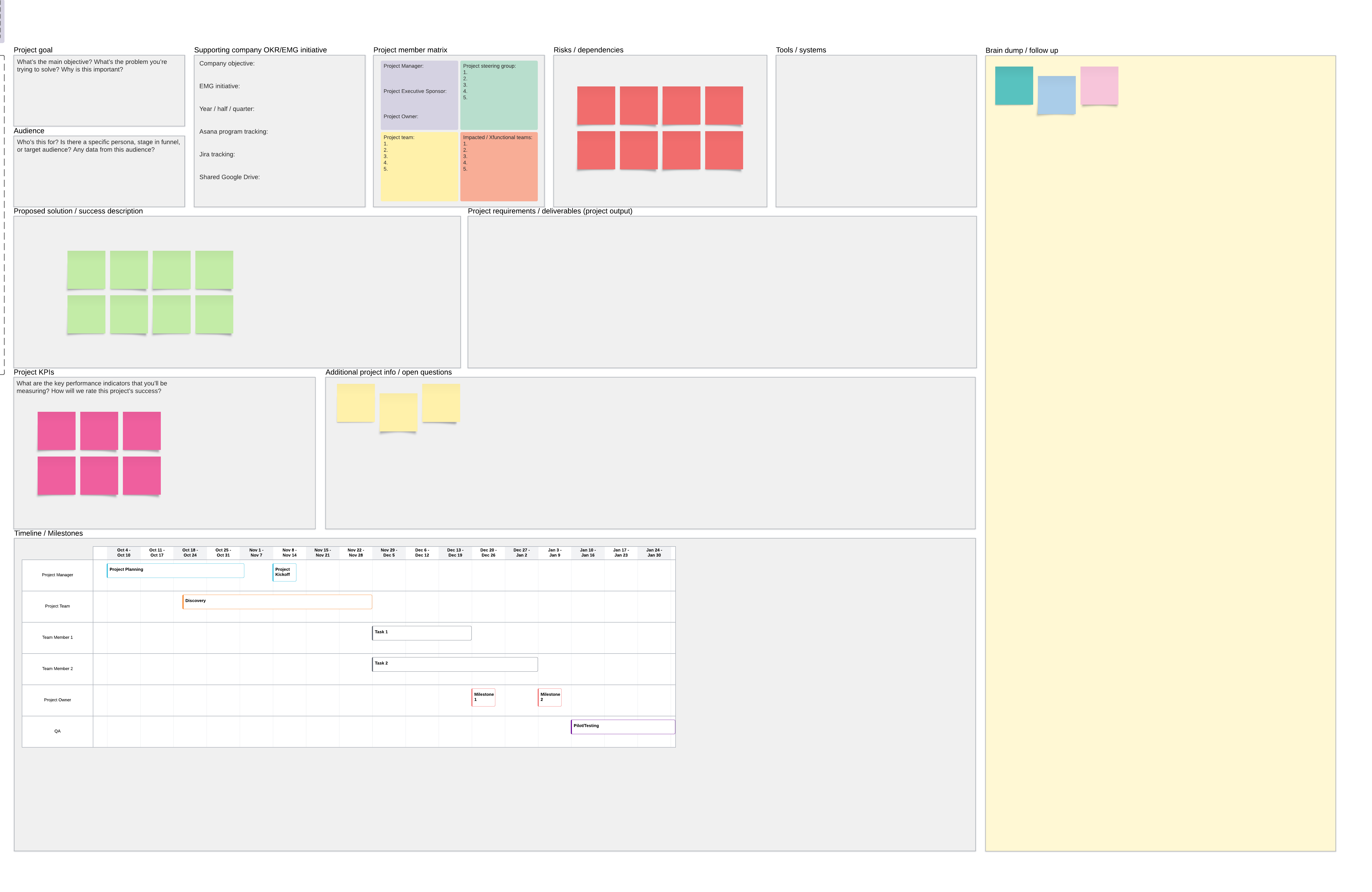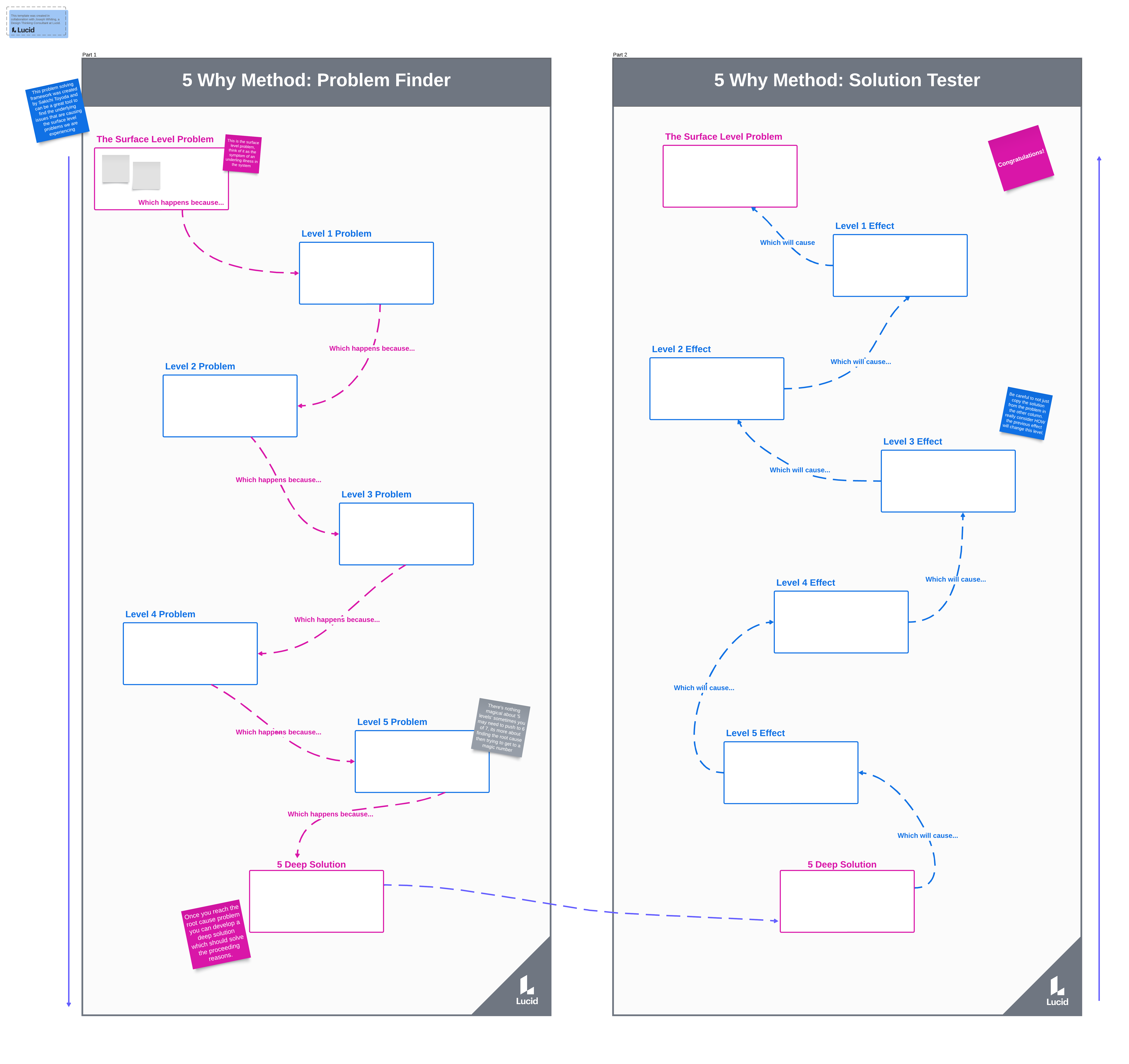
A quick guide to integrated project management
Reading time: about 4 min
Topics:
Preparing a product for market is much more than simply thinking up an idea and putting a price tag on it. Most projects rely on the input and work of multiple departments throughout an organization. This can include individuals from UI/UX design, engineering, manufacturing, testing, quality assurance, marketing, sales, support, and more.
But managing a project that many different teams touch can be difficult.
This is where integrated project management comes in. Understanding this concept will help you coordinate the efforts of cross-functional teams more efficiently to improve communication, increase collaboration, and ensure that projects are completed on time.
What is integrated project management?
Integrated project management (IPM), or collaborative working, is a methodology you can use to coordinate the efforts of all teams across your organization. The idea is to efficiently bring together a diverse group of people and skills to work together with a shared vision to achieve a shared goal. This means every stakeholder recognizes how they can contribute to a successful launch.
What are the main components of integrated project management?
The following six elements are typically used for implementing an IPM system.
Project charter
The project charter is a document that explains the project in detail. This includes the project’s purpose, vision, requirements, roles, responsibilities, start and end dates, significant milestones, stakeholders, potential risks, budget, and more.
This document is used as a reference to help everybody involved understand what needs to be done, who needs to do it, and when. While the project charter includes a lot of information, it should also be high-level so you don’t have to make too many changes during the project’s lifecycle.
Visual collaboration software like Lucidspark simplifies the process of creating a project charter. With dozens of tools and free templates, you can easily break down each aspect of the project in an organized way.

Try our Gantt chart template to plan and schedule essential milestones in your timeline.
Go nowProject scope
The project scope defines what is part of the project and what isn’t. It also more deeply details objectives (tasks and processes along the project’s timeline) and goals (what you hope to accomplish at the end of each iteration).
A project scope document is typically not set in stone. Unlike the charter, the scope will likely change depending on customer and stakeholder feedback, time and budgetary constraints, and resource allocation.
Our work breakdown structure template will help you visualize the project's components clearly.

Project management plan
The project management plan contains information that makes it easier for distributed teams to understand how their work fits into the overall project. It should include processes that can run parallel to each other, dependencies, detailed task timelines, etc. The effectiveness of your plan will increase if it contains visual elements. Our project planning canvas is a perfect way to get started.

Project execution
It’s time to implement the plan. Once the project begins, you are the director of its moving parts. You’ll ensure teams are aligned and communicating, tasks and dependencies are understood, and timelines are adhered to. You’ll want to maximize collaboration, ensuring transparency and accountability.
Project monitoring
In a perfect world, your project would be executed without a hitch. But unfortunately, you will likely run into a problem or two. This is why project monitoring is essential.
As work is completed and deliverables are produced, you must monitor the progress of each team and the overall project. This helps you identify potential issues so you can mitigate them before they become problems.
Change control
A change control document helps you identify the problems or issues that would require you to make a change. For example, if you have a team with a lot of downtime waiting for a previous process to be completed, you may need to reallocate resources or adjust specific process timelines.
Our 5 Why method template helps you visualize underlying issues that cause surface-level problems so you can quickly implement solutions and keep the project running smoothly.

Why use integrated project management?
Project management can be complicated. Implementing IPM makes it easier by aligning everyone toward shared goals. An IPM system can benefit you in the following ways:
- Provides a source of truth
- Encourages continuous improvement
- Streamlines development
- Opens cross-functional communication
- Increases stakeholder involvement and satisfaction throughout the project
An IPM strategy can turn complex projects into manageable processes and tasks, boost collaboration across your organization, and promote a successful launch overall.

Explore our free project planning templates to simplify your workflow.
Check them outAbout Lucidspark
Lucidspark, a cloud-based virtual whiteboard, is a core component of Lucid Software's Visual Collaboration Suite. This cutting-edge digital canvas brings teams together to brainstorm, collaborate, and consolidate collective thinking into actionable next steps—all in real time. Lucid is proud to serve top businesses around the world, including customers such as Google, GE, and NBC Universal, and 99% of the Fortune 500. Lucid partners with industry leaders, including Google, Atlassian, and Microsoft. Since its founding, Lucid has received numerous awards for its products, business, and workplace culture. For more information, visit lucidspark.com.
Related articles
10 essential project management skills
In this blog post, we’ll cover 10 essential skills project managers need to be successful and how to develop them.
The 5 phases of project management
We’ll go through each of the five phases of the project management process so you can be the most efficient (and least stressed) project manager ever.
Multi-project management: Tips for success
Discover what multi-project management is, the challenges associated with it, and how to manage multiple projects.
